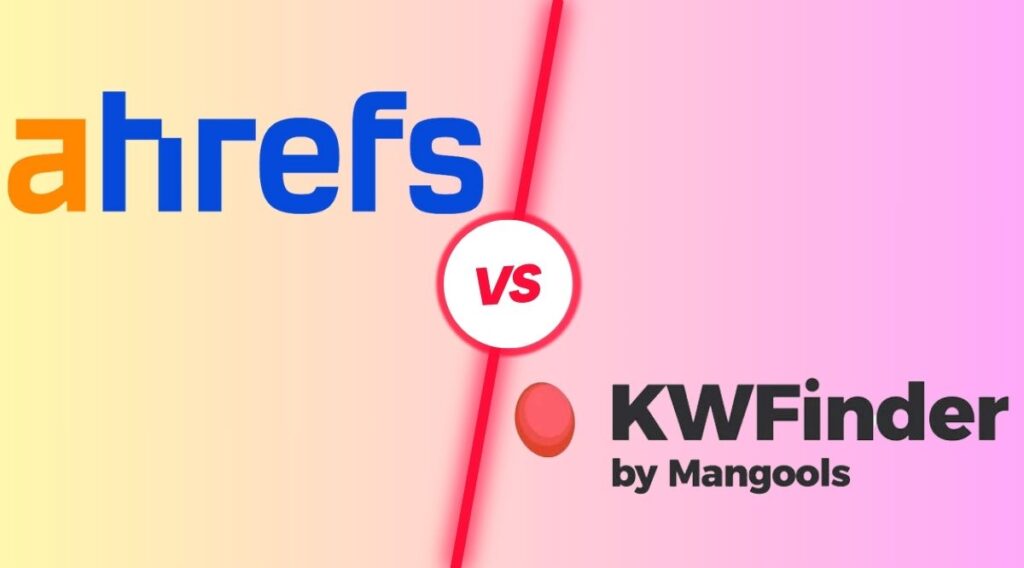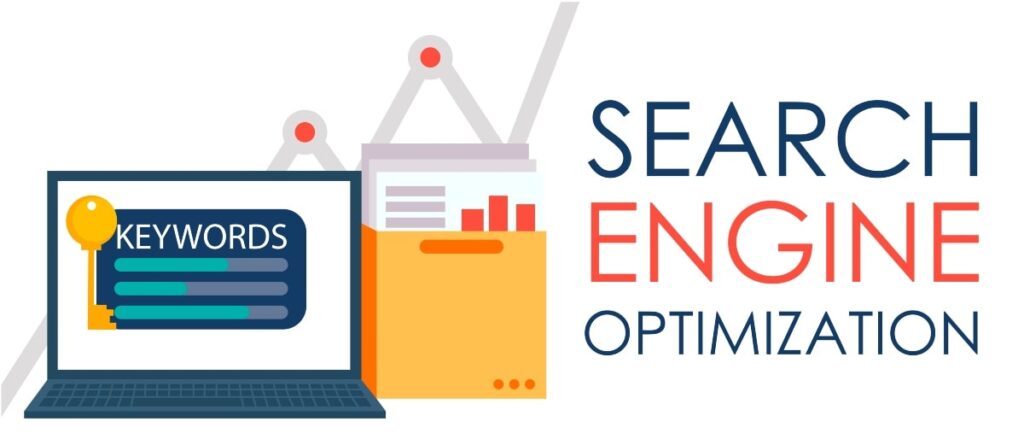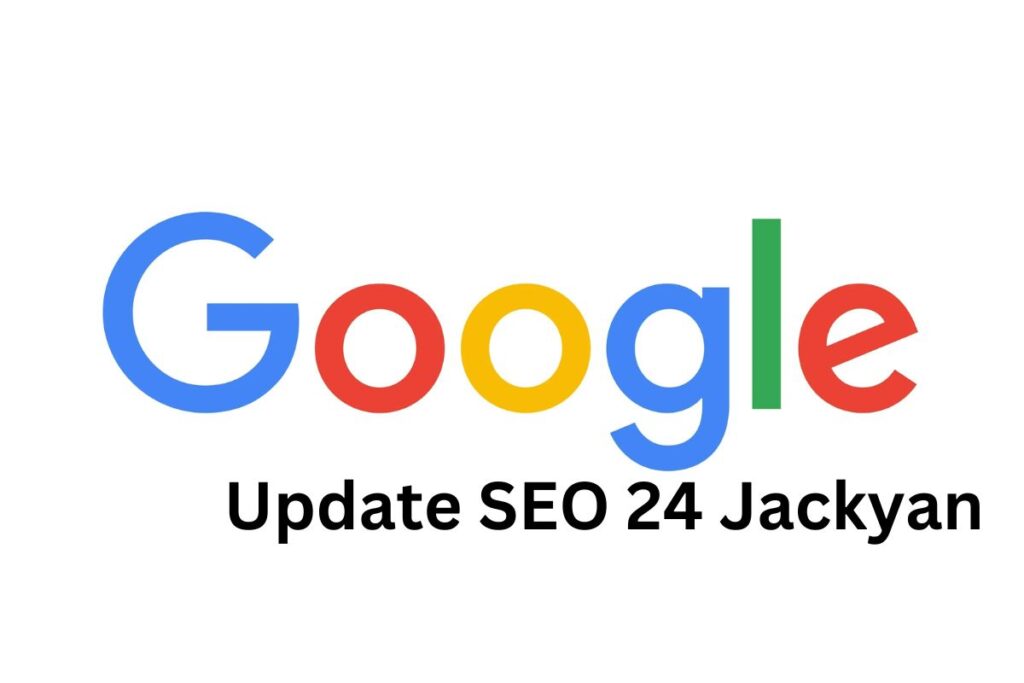The function of a digital marketing strategist is particularly important in the dynamic field of digital marketing. Amidst a plethora of positions within a digital marketing team, the strategist crafts and executes strategies that propel businesses toward their goals. Let’s delve into the essence of this role, its responsibilities, and the skill set requisite for success.
What Is a Digital Marketing Strategist?
A digital marketing strategist, predominantly operating within agency settings, shoulders the responsibility of delineating the digital marketing roadmap for clients. Their purview spans from augmenting Return on Investment (ROI) to curbing cart abandonment rates. Commencing their journey with a meticulous audit of the client’s existing digital footprint and a discerning scrutiny of competitors’ endeavors, they chart the course for the future.
Crafting the Strategy
Collaborating closely with diverse team members, the digital marketing strategist orchestrates a comprehensive online marketing strategy. This blueprint encompasses an array of digital channels and activities, spanning from content marketing to search engine optimization (SEO), from e-commerce to marketing automation. While they may not execute each facet themselves, they harmonize the efforts of specialists across diverse domains.
Research and Analysis
Beyond strategizing, they delve into market research, brand strategy, and target segmentation, drawing insights crucial for informed decision-making. These insights are distilled into comprehensive reports and analytics, serving as guiding beacons in navigating the digital realm.
Skills Required
Digital marketing strategists are akin to modern-day alchemists, blending a mix of hard and soft skills. Their insatiable curiosity fuels their quest to stay abreast of emerging trends and channels, thereby enriching their strategic arsenal. Their analytical prowess is their forte, enabling swift discernment of viable marketing avenues. Yet, it’s their adeptness in communication that bridges the chasm between strategy and execution, fostering seamless collaboration with teams and clients alike.
What Does a Digital Marketing Strategist Do?
A digital marketing strategist plays a multifaceted function that includes a wide range of duties that are essential to guiding a company’s digital story toward success. Let’s dissect some of the core responsibilities of digital marketing strategist typically associated with this role:
Search Engine Optimization (SEO)
One of the main responsibilities of a strategist is optimizing digital material for search engines (SERPs) to improve visibility and rank. Through astute keyword research and on-page optimization, they pave the path for organic growth.
Online Content Strategy
It is essential to develop and implement a strong content strategy that will appeal to the target audience across a variety of digital channels. Every content piece, including blog entries and social media updates, is published with the goal of grabbing readers’ attention and holding it.
Social Media Management
Harnessing the power of social media platforms to amplify brand presence and foster community engagement is a key responsibility. From curating compelling content to fostering meaningful interactions, the strategist cultivates a vibrant digital persona for the brand.
Email Marketing Campaigns
Creating and implementing email campaigns that connect with the target audience and encourage desired behaviors is the strategist’s primary responsibility. From crafting compelling copy to segmenting the audience for targeted outreach, every facet is meticulously orchestrated.
Brand Development
Establishing guidelines for digital media branding and marketing endeavors is instrumental in bolstering brand awareness and identity. Consistency across digital touchpoints reinforces brand recall, and fosters trust amongst consumers.
Campaign Analysis and Optimization
Analyzing the efficacy of paid media campaigns and optimizing them for maximum impact is an ongoing endeavor. Leveraging tools like Google Analytics, the strategist garners insights to refine strategies and enhance campaign performance across diverse digital channels.
Expanding Responsibilities
The digital marketing strategist has numerous hats in addition to the clearly defined core duties; these represent their diverse skill set and unwavering dedication to excellence. Let’s explore further:
Innovative Ideation
Part of the strategist’s job description includes cultivating an innovative and creative culture. They are the torchbearers of creativity, constantly brainstorming novel concepts and approaches to captivate audiences and outmaneuver competitors.
Strategic Partnerships
Forge strategic alliances and partnerships with influencers, industry leaders, and complementary brands to amplify reach and credibility. Collaborative ventures broaden horizons, unlocking new avenues for growth and engagement.
Continuous Learning
In the dynamic field of digital marketing, regression is the equivalent of a standstill. The strategist is a perpetual student, voraciously consuming industry insights, attending seminars, and acquiring certifications to stay at the vanguard of innovation.
Crisis Management
In times of crisis, be it a social media debacle or a reputational hiccup, the strategist dons the mantle of crisis manager. Swift and decisive action, coupled with transparent communication, is pivotal in mitigating damage and restoring trust.
ROI Maximization
Driving tangible results is the cornerstone of the strategist’s endeavors. Through meticulous analysis and optimization, they scrutinize every digital touchpoint to maximize ROI and deliver unparalleled value to clients.
Conclusion
In a digital landscape rife with noise and competition, the role of a digital marketing strategist emerges as a beacon of clarity and ingenuity. From crafting compelling narratives to fostering collaborative synergy, they are the architects of digital success in an ever-evolving ecosystem. With a potent blend of creativity, analytics, and strategic insight, they navigate the labyrinth of possibilities, sculpting brands into veritable titans of their respective industries. In the narrative of digital evolution, the digital marketing strategist stands as a linchpin, orchestrating triumph amidst turbulence and heralding a new era of digital dominance.



































